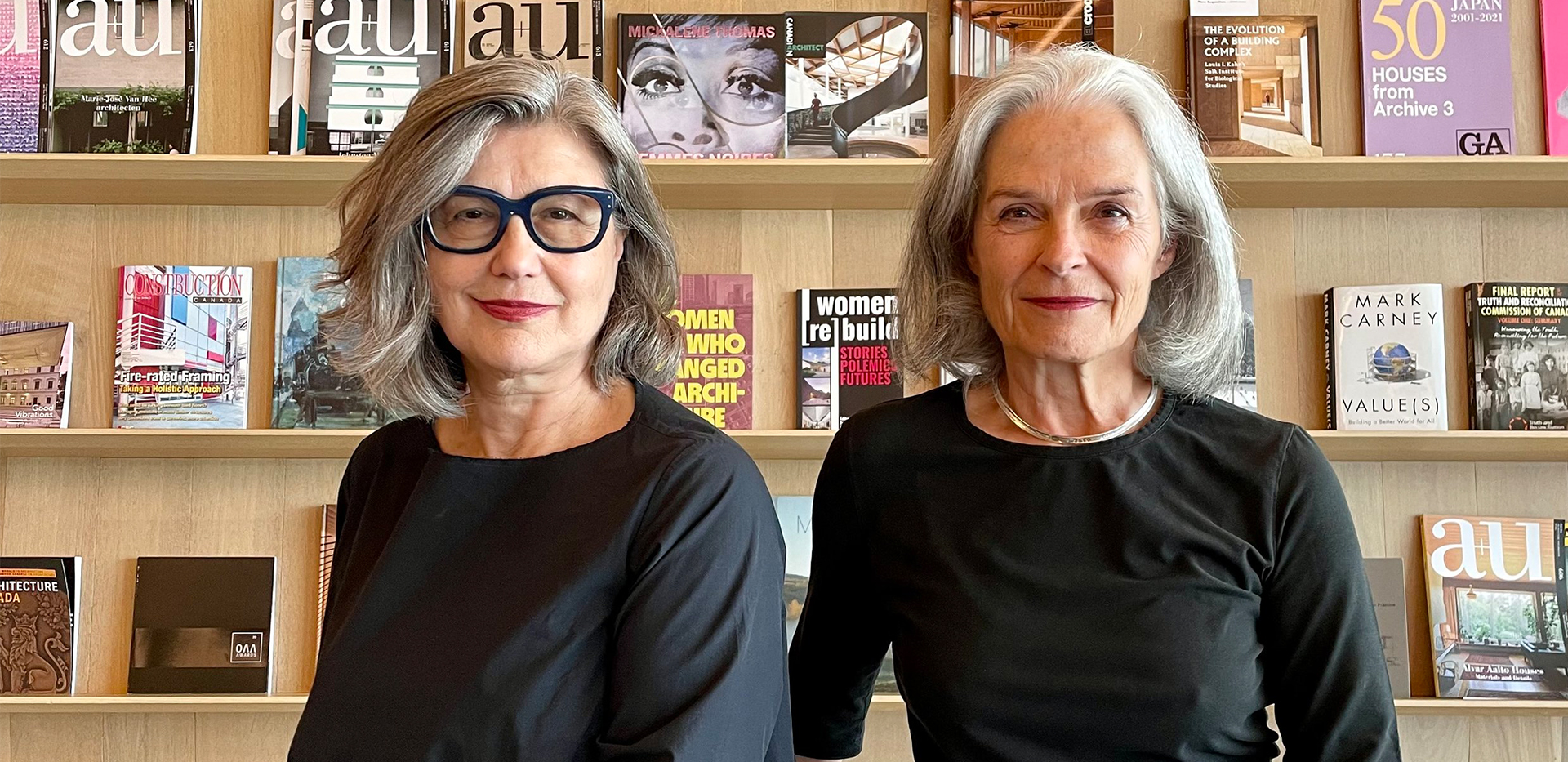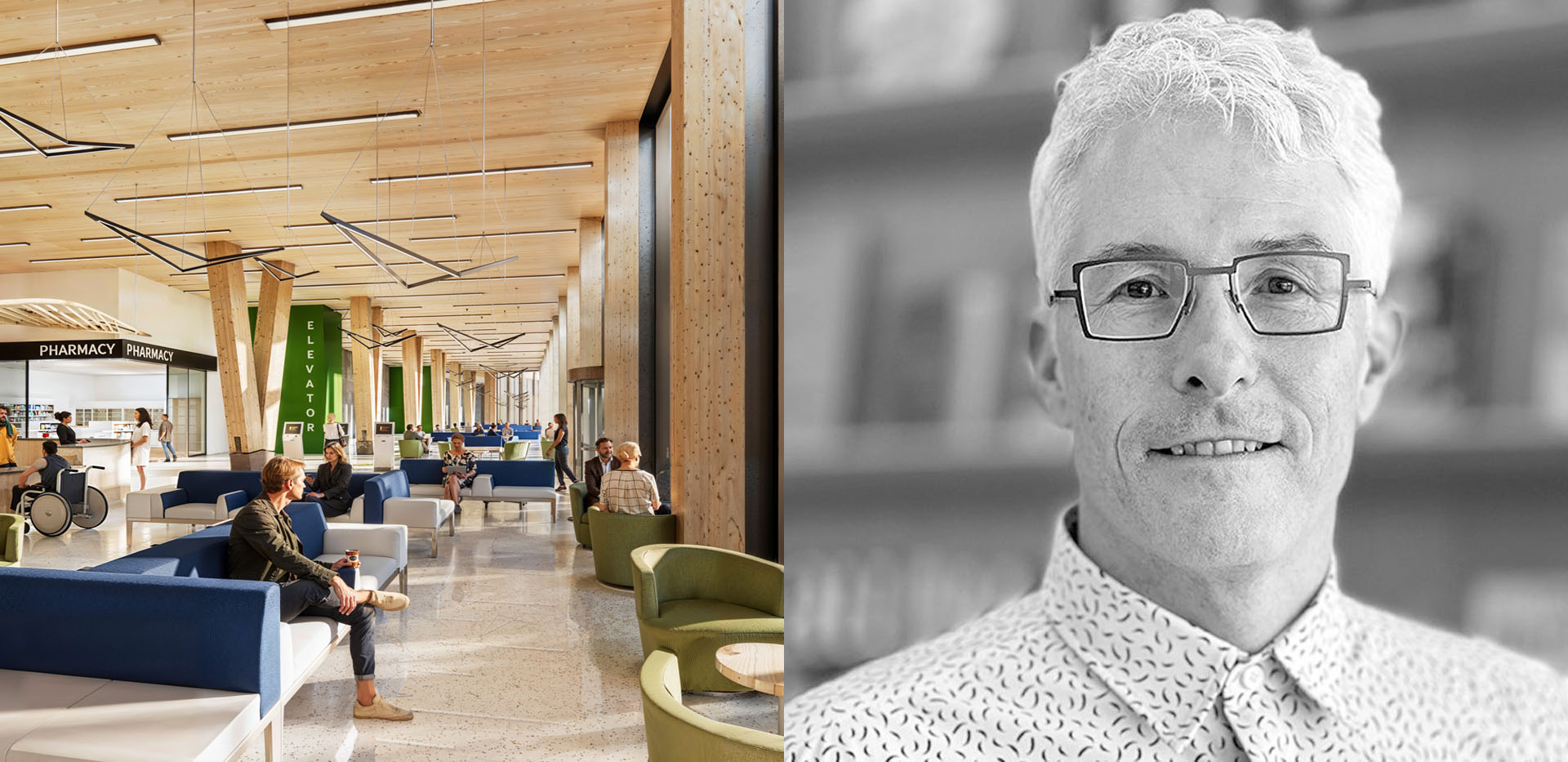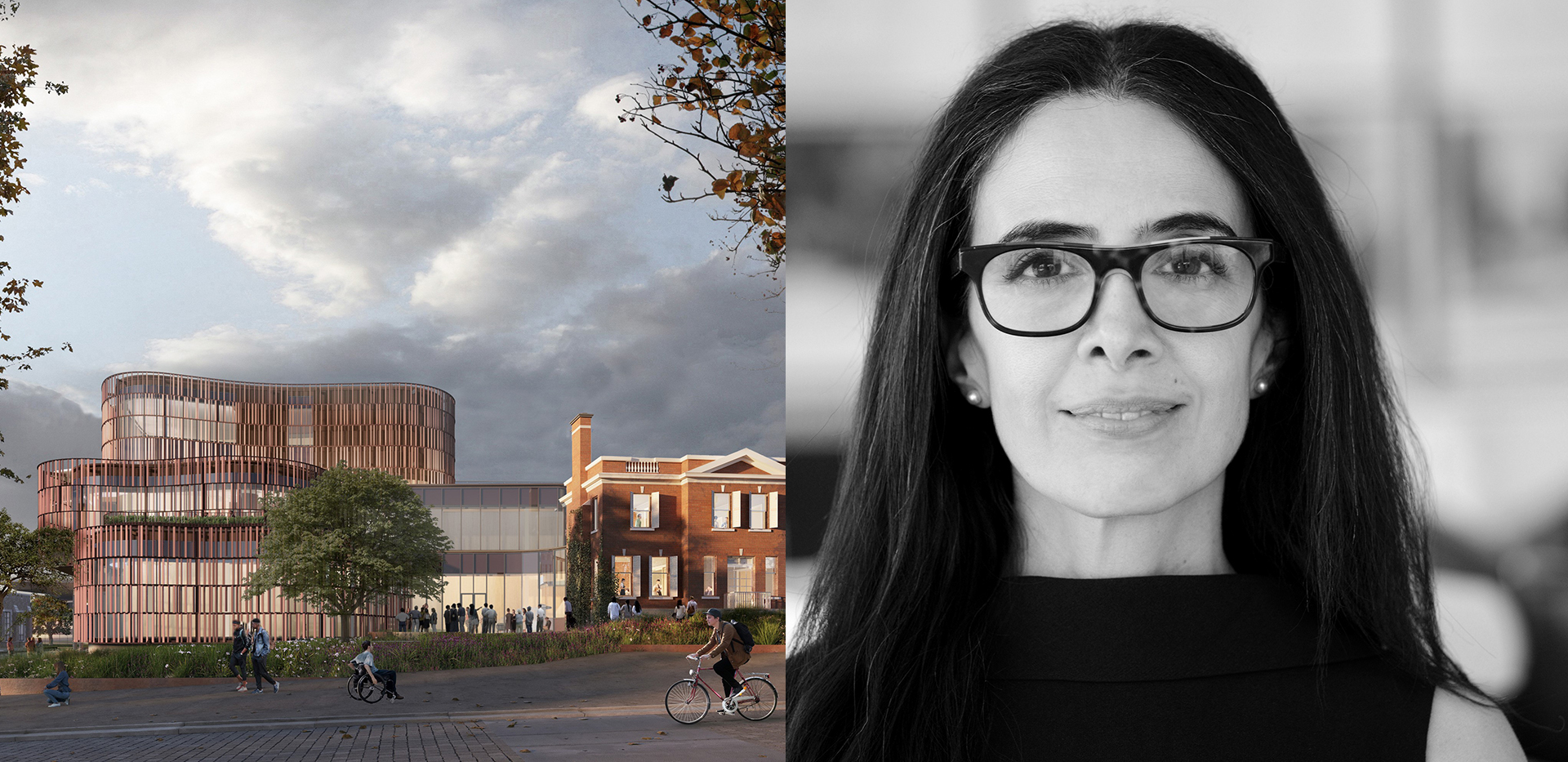Partnering with the University of Toronto to build a climate resilient future

Article content
Founded on the principles of sustainability, KPMB Lab, our research and innovation group, collaborates with likeminded organizations and partners on ambitious initiatives to develop skills that can be integrated into our practice and help shape the firm’s response to the climate crisis, and ultimately, design safer, vibrant, and resilient cities. Â
To further this goal, we’ve partnered with the University of Toronto on the Centre for the Sustainable Built Environment (CSBE), a new research centre at the University’s Faculty of Applied Science & Engineering.Â
This research venture is supported by 11 other architecture, engineering and construction (AEC) organizations: Chandos Construction; Mattamy Homes; Pomerleau; Purpose Building, Inc.; ZGF Architects; Arup; SvN Architects + Planners; Colliers; the Cement Association of Canada; Northcrest Developments; and Entuitive.Â
Working together with these firms and seven researchers from across the University, including the centre’s leader Shoshanna Saxe, associate professor in the department of civil and mineral engineering, CSBE will develop new ways to meet the demand for housing and public infrastructure without further increasing the environmental footprint of the AEC industry.Â
The built environment is responsible for approximately a third of all greenhouse gas emissions, and with the growing need for housing, transit, and other infrastructure, it is imperative for AEC firms to develop strategies that allow us to respond to these needs without accelerating climate change.Â
“We need to find ways to do more with less,” said Saxe, who is also the Canada Research Chair in Sustainable Infrastructure. “We hope that by giving people — policymakers, designers and builders — the tools they need to address these challenges of building more with less emissions, we can improve outcomes across the built environment and create a more sustainable future for everyone.”Â
The research conducted at CSBE will focus on location and form — where buildings are situated, their shape and size — and the materials used in construction. Â
The CSBE research team will look at alternatives to concrete (one of the most widely used building materials) as well as new types of concrete that produce less carbon. They will also analyze embodied emissions, natural land conversion, and the legal frameworks associated with public housing, and examine new options for meeting housing needs.Â
An overarching goal, Saxe said, is to “find a middle ground where everyone can live in dignity.”Â
)
)
)